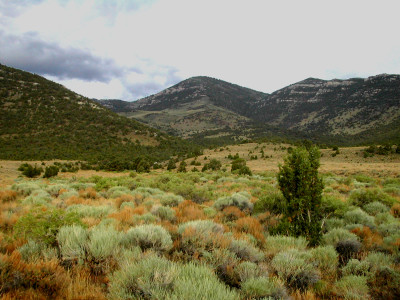Rangeland (n) – All land in the world that is not cultivated farmland, dense forest, barren desert, or covered by solid rock. Rangeland supports indigenous vegetation that either is grazed or has the potential to be grazed. It is managed as a natural ecosystem. Rangeland cannot be cultivated due to climate, availability of water, soils, and topography. Rangeland includes grassland, grazable forestland, deserts, semi-deserts, shrubland and pastureland. Range is not a use. (adj.) it modifies resources, products, activities, and practices pertaining to rangeland.
Range Management is a distinct discipline founded on ecological principles and dealing with the use of rangelands and range resources for a variety of purposes. Many range managers work for the federal government, since public lands must be managed for multiple-use. Public rangelands must be managed for: wildlife habitat, domestic livestock grazing, recreation, clean water, native plants, prevention of invasive species and the list goes on. Public rangelands are often embroiled in lawsuits over livestock grazing, wild horses and threatened and endangered species—just to name a few.
Who owns rangelands? Rangelands in West are owned and managed by federal, state and private entities. The western side of the United States is 53% rangeland. Around 399 million acres of rangeland are privately owned. The Bureau of Land Management (BLM) manages about 167 million acres of publicly owned rangeland, with the United States Forest Service (USFS) managing approximately 95 million acres.
Want more information? Try the links below
Accounting for the World’s Rangelands – an article about Rangelands

